say goodbye to time-consuming & tedious annotation work
Our next-generation annotation tool combines traditional manual annotation with cutting-edge machine learning! With textada, you’ll get a user interface that is intuitive and similar to traditional annotation tools but with added functionality for our AI components, allowing you to easily switch to our platform.
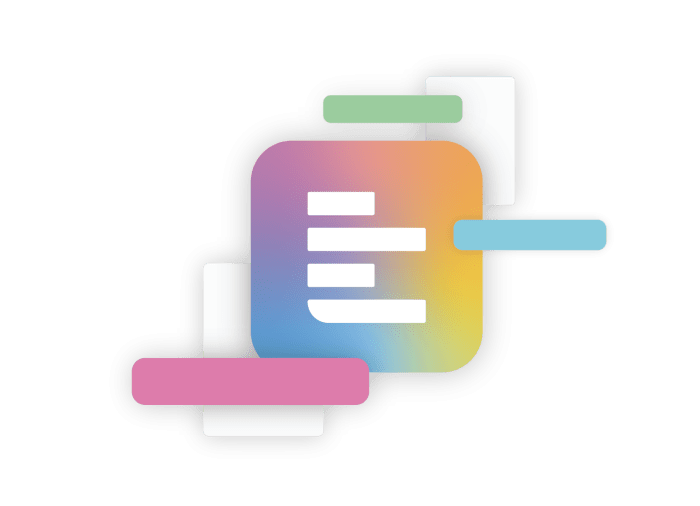
it’s easy – here’s how
1 – manual annotation
Start as in any other project by annotating from scratch or simply import an existing project from another annotation software. While you annotate, our AI learns to replicate your manual annotation behavior to suggest annotations for all non-annotated text segments.
2 – review AI-suggested annotations
To check the AI’s suggestions efficiently, we provide a specialized view where you can easily focus on the suggested annotations and filter and sort them. If you prefer to read the entire documents, it will always be clear which annotations were created by the AI and which ones by you. Found an incorrect suggestion? Simply adjust the code, and our AI will learn from this as well and get better and better.
3 – automatic annotation
Once enough annotations have been added, checked, or corrected, our technology’s suggestions become so precise that no more manual work is required at all. At the user’s request, our tool can then annotate all remaining text on its own. Of course, it will always be transparent which annotations were made by you and which by the AI.
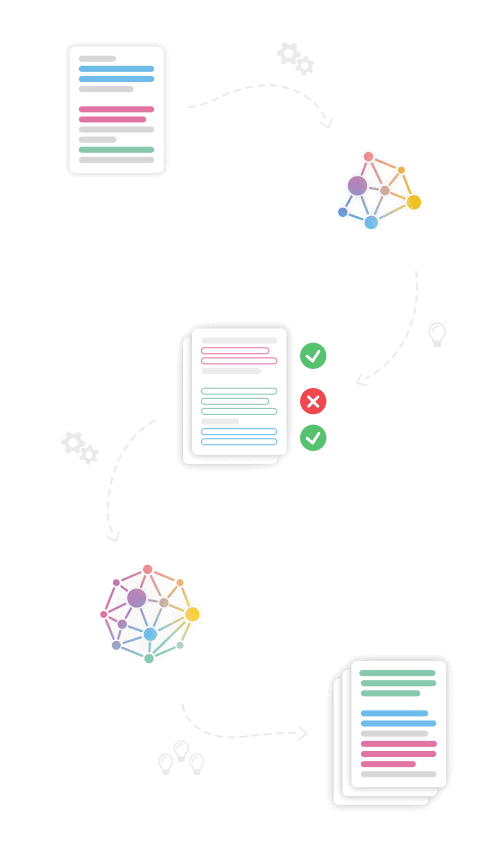
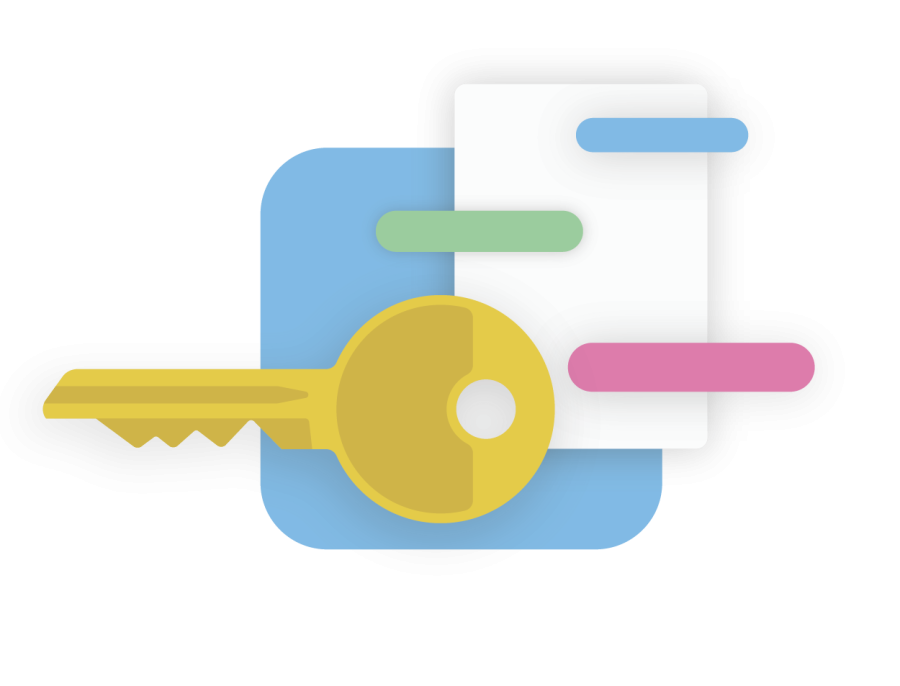
keyword assistant
The assistant will automatically annotate all sentences containing your keywords and even offers two possibilities to deal with potentially wrong assignments: You can either review all keyword-based annotations or you can tell Assisted Annotation that it should learn from the keywords, but that there is a chance not all keyword annotations are correct.
relevance assistant
(in development)
Easily find texts and passages that are relevant to your annotation project, i.e., likely to receive many and diverse annotations and make your annotion process even more efficient by skipping the unrelevant text parts.

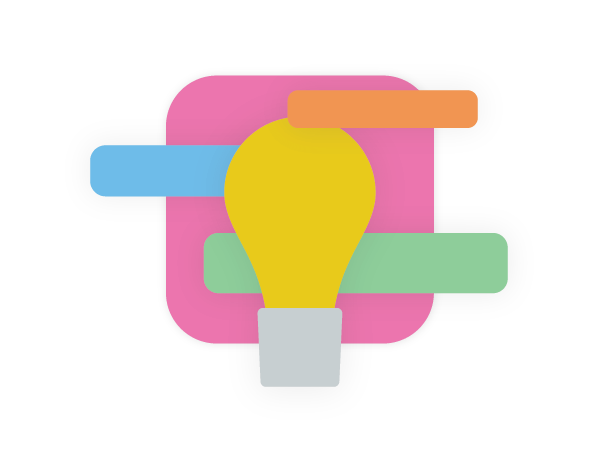
category assistant
(in development)
Let the category assistant help you to improve your categories by suggesting which categories to merge, split, or even create based on the content of your data.
basics
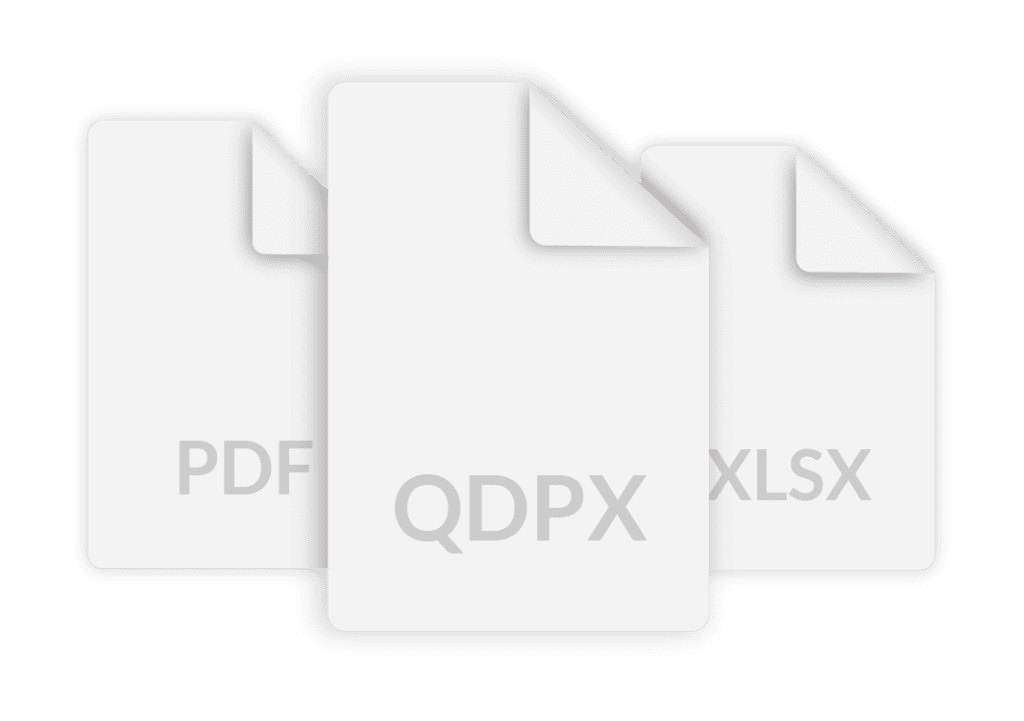
compatibility
Simply import projects from any other annotation software that supports files following the Refi-QDA standard (.qdpx), as well as other common filetypes such as .txt & .pdf (import) and .csv & .xlsx (export). Also, custom export options to handle manual, suggested, and reviewed annotations are available.
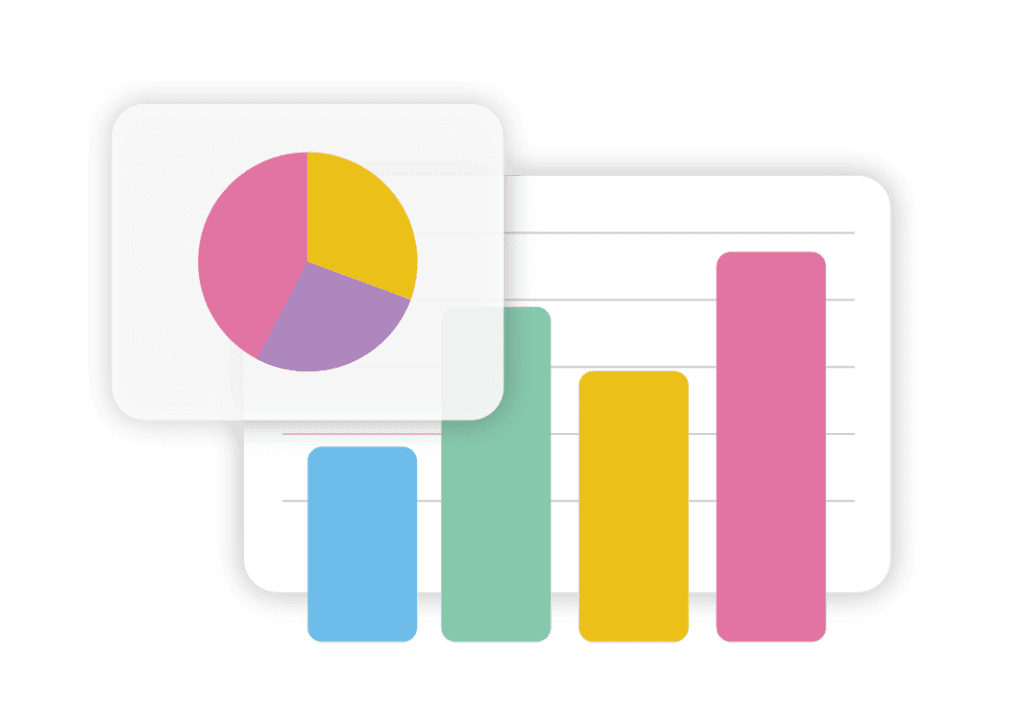
insights
textada provides individually exportable project statistics for codes and documents and lets you see the keywords for each class, so you can learn why the AI suggested each annotation.
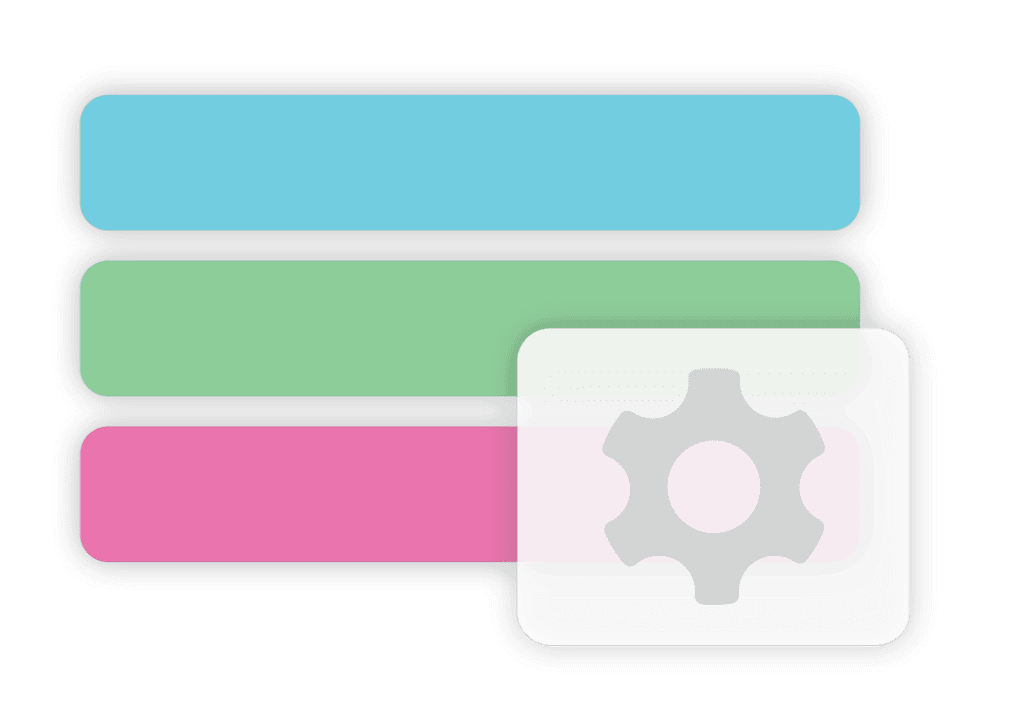
category management
You can customize descriptions, keywords, colors and hierarchies to adjust your coding scheme to fit your individual needs.

cross platform support
textada is a web-based application that runs in your browser, no matter your OS.
Cut your manual annotation time and project budget in half with textada
get textada:

say goodbye to time-consuming & tedious annotation work
Our next-generation annotation tool combines traditional manual annotation with cutting-edge machine learning! With textada, you’ll get a user interface that is intuitive and similar to traditional annotation tools but with added functionality for our AI components, allowing you to easily switch to our platform.
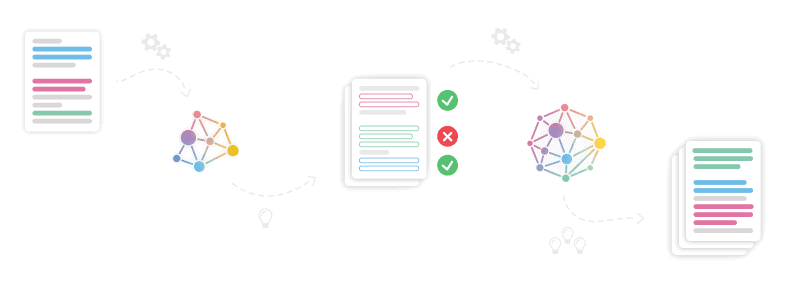
assisted annotation
1 – manual annotation
Start as in any other project by annotating from scratch or simply import an existing project from another annotation software. While you annotate, our AI learns to replicate your manual annotation behavior to suggest annotations for all non-annotated text segments.
2 – review AI-suggested annotations
To check the AI’s suggestions efficiently, we provide a specialized view where you can easily focus on the suggested annotations and filter and sort them. If you prefer to read the entire documents, it will always be clear which annotations were created by the AI and which ones by you. Found an incorrect suggestion? Simply adjust the code, and our AI will learn from this as well and get better and better.
3 – automatic annotation
Once enough annotations have been added, checked, or corrected, our technology’s suggestions become so precise that no more manual work is required at all. At the user’s request, our tool can then annotate all remaining text on its own. Of course, it will always be transparent which annotations were made by you and which by the AI.

keyword assistant
The assistant will automatically annotate all sentences containing your keywords and even offers two possibilities to deal with potentially wrong assignments: You can either review all keyword-based annotations or you can tell Assisted Annotation that it should learn from the keywords, but that there is a chance not all keyword annotations are correct.

relevance assistant
(in development)
Easily find texts and passages that are relevant to your annotation project, i.e., likely to receive many and diverse annotations and make your annotion process even more efficient by skipping the unrelevant text parts.

code assistant
(in development)
Let the code assistant help you to improve your coding system by suggesting which codes to merge, split, or even create based on the content of your data.
basics

compatibility
textada supports files following the Refi-QDA standard (.qdpx), as well as other common filetypes such as .txt & .pdf (import) and .csv & .xlsx (export). Also, custom export options to handle manual, suggested, and reviewed annotations are available.

insights
textada provides individually exportable project statistics for codes and documents and lets you see the keywords for each class, so you can learn why the AI suggested each annotation.

code management
You can customize descriptions, keywords, colors and hierarchies to adjust your coding scheme to fit your individual needs.

cross-platform support
textada is a web-based application that runs in your browser, no matter your OS.
